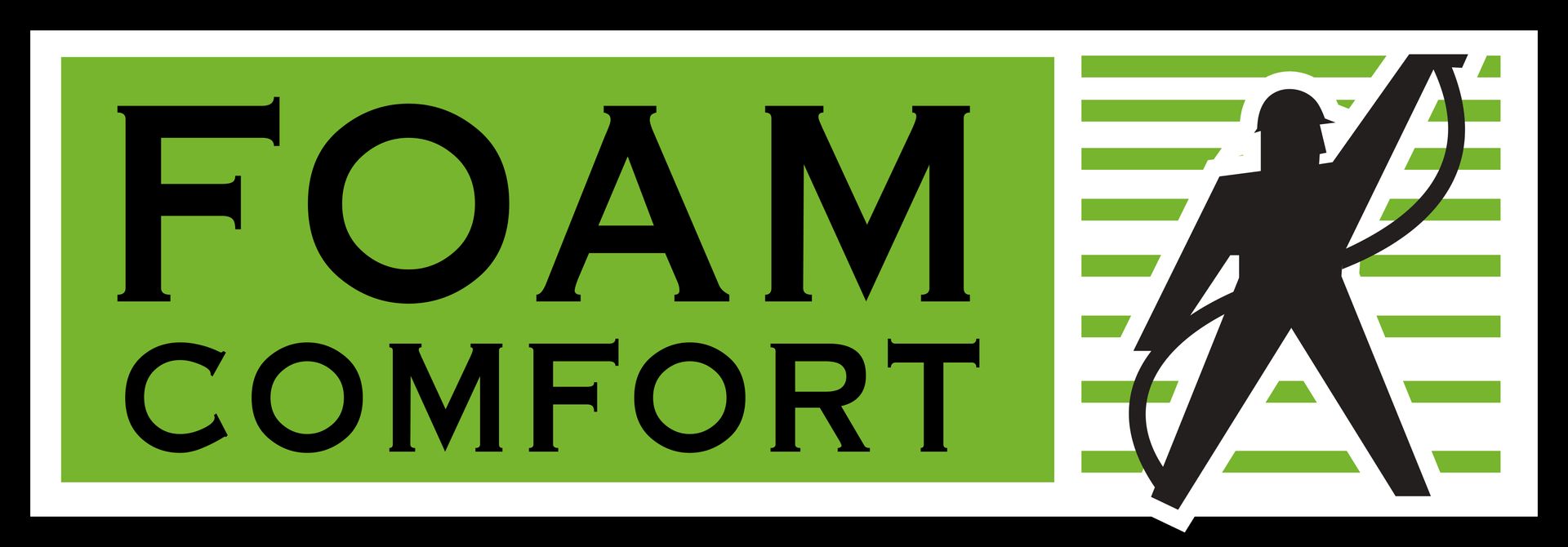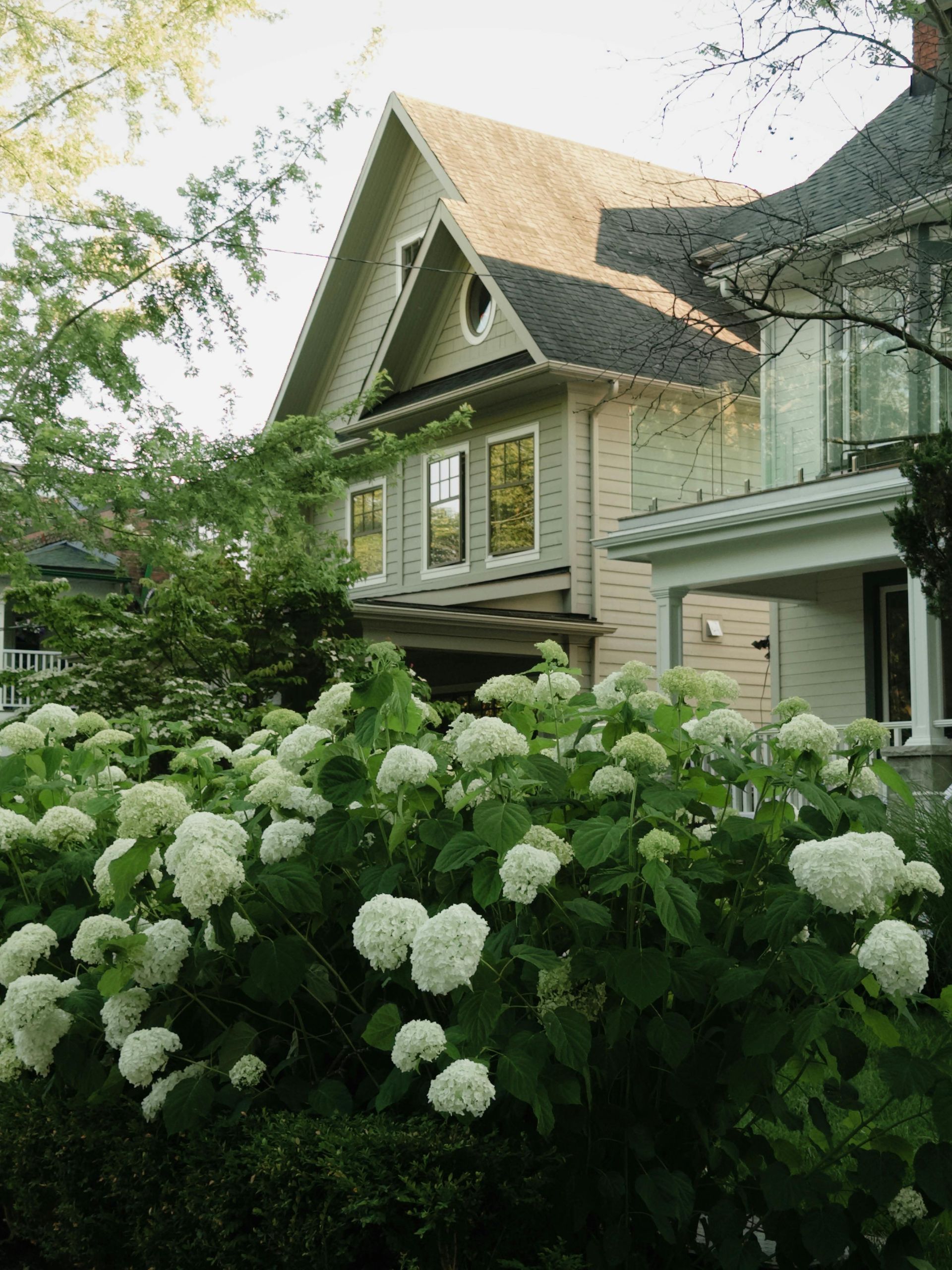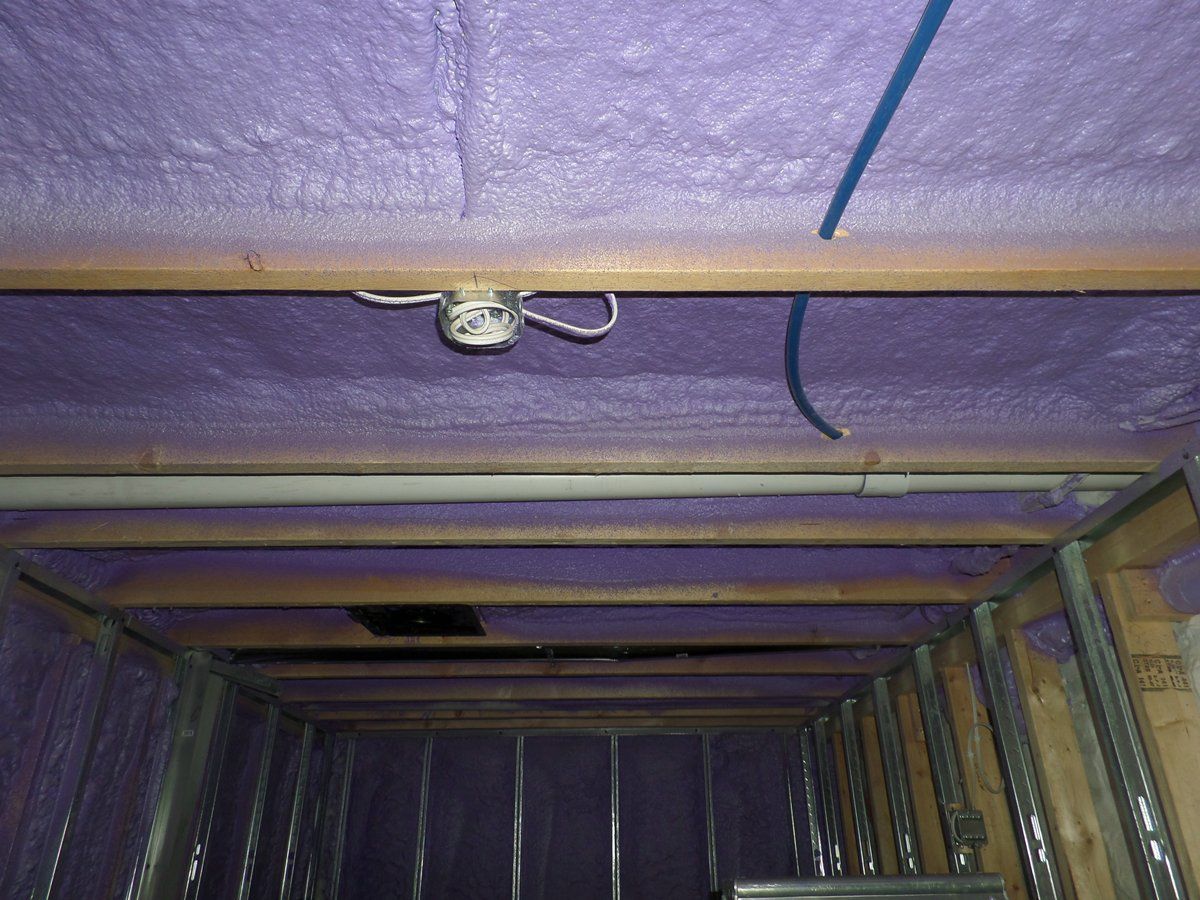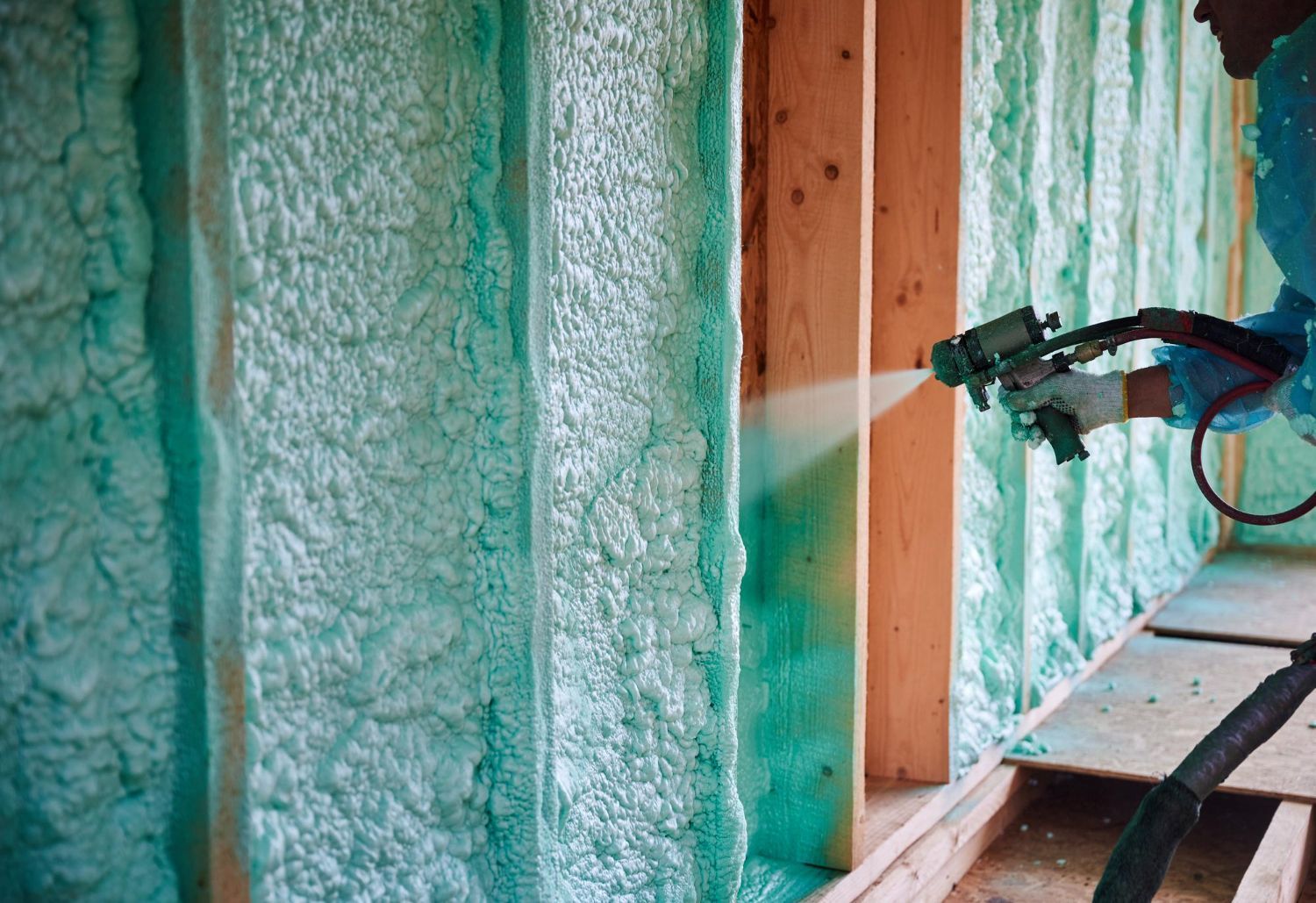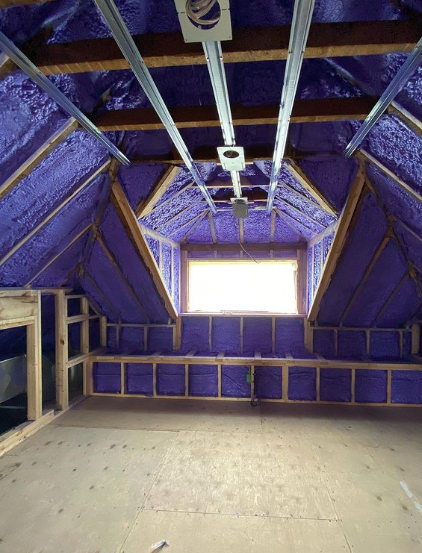Why a DIY Froth Pak Might Just Get You and Your Project In Trouble
For many DIYers and contractors, Froth Pak’s or expanding foam sealant kits can be used to seal cracks, gaps and small holes up to 4” wide. However, this is not intended to fill entire wall cavities, nor will it pass your building official’s stamp of approval for projects requiring a permit.
These kits do not conform to the CAN/ULC S705.2-05 standard - the minimum requirements imposed by the Canadian Construction Materials Centre (CCMC) for all evaluations. These evaluations apply to spray-applied, rigid polyurethane foam of medium density intended for use as thermal insulation for both building and non-building applications, whether applied on a building site or in a prefabrication (manufacturing) process.
The main reason that these spray foam kits do not conform is that they are considered a "low pressure" spray polyurethane foam system. The Canadian National Building Code only allows "high pressure" spray polyurethane foams for insulation applications. Spray foam "kits" are not allowed by Canadian National Building Codes (CNBC) to be used for insulation. In order to get a “high pressure” spray polyurethane foam for insulation, a licensed and certified installer such as Foam Comfort Inc. is needed. With years of expertise, proper equipment and the backing of knowledge chemical companies such as BASF, you are ensured a perfect install every time.
As well as not meeting the CAN/ULC standard, these DIY “froth paks” are somewhat misleading in how they are marketed. A 200 kit, for example, yields 200 square feet of coverage at 1”. Since cracks, gaps and holes are usually in the 3-5” depth, a 200 bd ft kit will only cover 50 sq ft when applied at 4” depth. Keep in mind that the yield indicated on the package is a theoretical yield. Conditions such as temperature, agitation and technique will all affect the yield. A 200 kit may only deliver 40 sq ft of coverage at this thickness and can often end in a frustrating mess as detailed instructions and conditions must be followed.
From a safety standpoint, DIY kits can result in severe injury if not handled correctly. Protective eyewear, respiratory protection and skin protection must be used every time to avoid exposure to isocyanates. In addition, these kits are not to be used around heaters, furnaces, fireplaces, recessed lighting fixtures or other applications where the foam may come in contact with heat-conducting surfaces. Froth-pak foam is combustible and will burn if exposed to open flame or sparks from high-energy sources.
